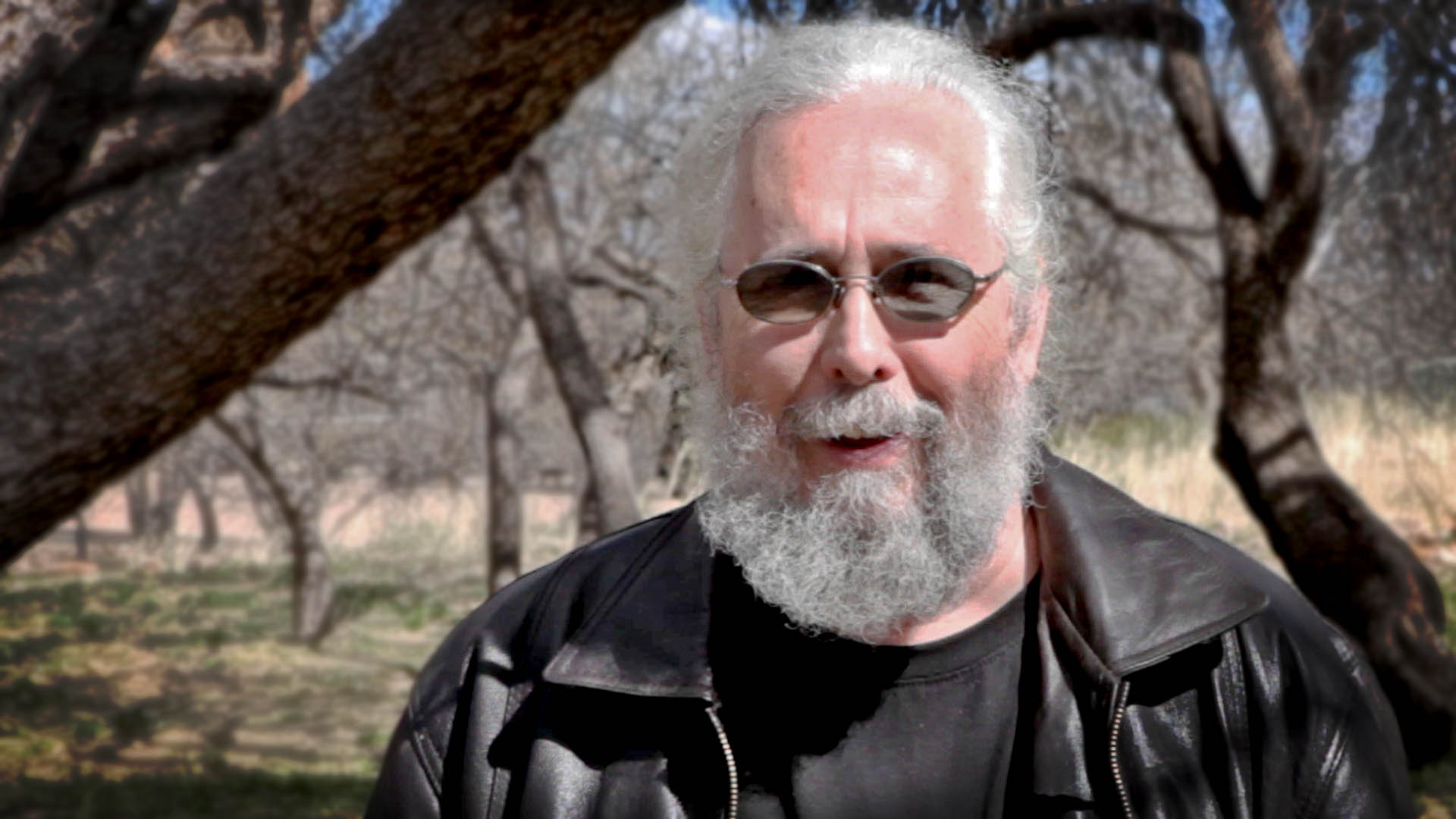
You don’t have to spend thousands of dollars on equipment or need to use any chemicals, pesticides or supplements to keep your bees healthy. Rob & Chelsea tell you the most essential tools you need to get started, and teach you how to maintain a healthy hive and save a failing one. Learn why the treatment-free approach is best for you, your bees and the planet.

“Rob and Chelsea have a beautiful positive energy that shines out in all their work, including this book. The writing is lyrical, detailed, informative and practical. Save the Bees starts from the perspective of the complete beginner and offers insight and instruction in a very readable, understandable and entertaining way with gorgeous pictures to illustrate it. But best of all, it’s about how to keep bees naturally – no treatments, no chemicals. This is a delightful and insightful book from delightful and insightful people.”
From 1947 to present day, the number of honeybee colonies has declined by more than a whopping 50 percent. Bees and other pollinators are one of the most critical components to our food supply – if they disappear, so do we.
That jarring statistic, paired with an awe-inspiring and completely serendipitous encounter with a swarm of honeybees one afternoon, was enough for Rob and Chelsea McFarland to leave their stressful lives running a technology start-up and dive into the world of honeybees. Like Rob and Chelsea like to say, “You don’t choose to be a beekeeper, the bees choose you.”
Their chance encounter led to forays in urban beekeeping, and eventually, to running HoneyLove, a non-profit dedicated to educating and inspiring urban beekeeping to save the bees for future generations. Now, SAVE THE BEES WITH NATURAL BACKYARD HIVES is an extension of that philosophy. It’s Rob and Chelsea sharing all the wisdom from the ancient practice of beekeeping in a way that is fresh, modern, and easy for anyone to do.
Save the Bees with Natural Backyard Hives breaks down the complexity of beekeeping so you can learn step-by-step how to acquire a colony, care for it, and reap the reward – both for you and future generations. Like Rob and Chelsea write in the book’s introduction, “We figured that if we could inspire people living in cities around the world to welcome bees and beekeepers into their communities, we could help clean up our urban environments, promote sustainable living, advance urban agriculture and empower people with the idea that they can make a difference in their own backyards.”
Save the Bees with Natural Backyard Hives provides a how-to primer on an alternative approach to the established, chemical-based way of beekeeping. This all-natural approach is laid out in the first chapter, Principles of Treatment – Free Beekeeping and How it Will Save the Bees. Treatment-free beekeepers believe that chemicals make bees more vulnerable to the very problems like mites and microbes they were aimed at solving, which is why this philosophy is fundamental to the rest of the book.
From there, the book progresses with chapters: Beekeeping Basics, Acquiring Honeybees is Simple, and Getting to Know Your Superorganisms. In chapter five, Bee Success, Rob and Chelsea explain how to be aware of common problems (and how to fix them, too). They provide equipment checklists; explain how to inspect for disease, and of course, how to keep the Queen happy.
Other critical chapters include, Nectar Flow, Beebread and What to Feed Your Bees, with useful information on a healthy diet, the baggie feeder approach, and tips on planting pollinator forage. Now, after eight other chapters for success, Rob and Chelsea get to one of the many rewards of beekeeping: the Honey Harvest chapter. They include sections on escape boards for honey extraction, photo diagrams of the bottling process, and even notes on honey tasting and variation.
One of the biggest takeaways from Save the Bees is that the art of beekeeping and bee culture is an evolving education, which is why Rob and Chelsea end the book by saying, “My hope is that you will continue to read and learn about bees, take in all kinds of perspectives, resist confirmation bias and be open to ideas about solutions even if they challenge what you think you know.”